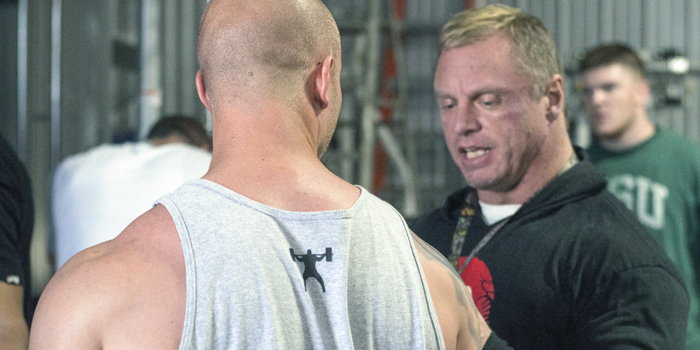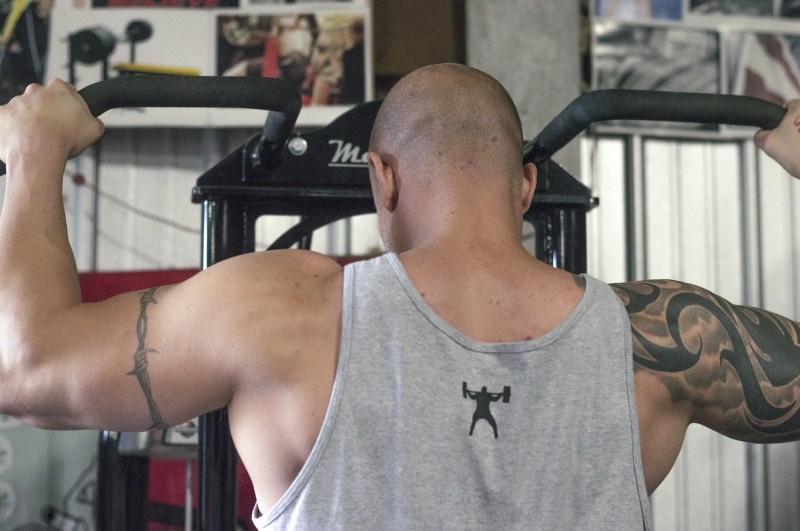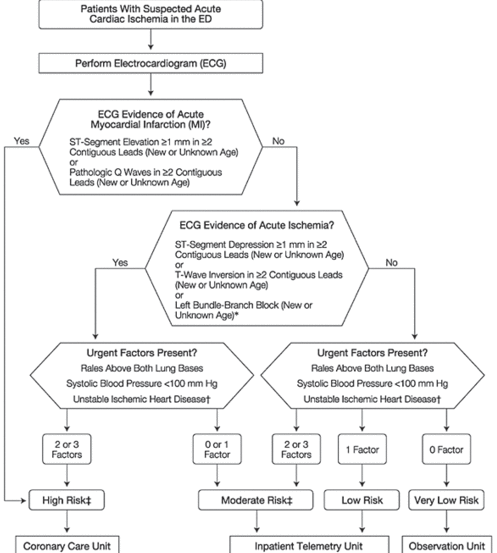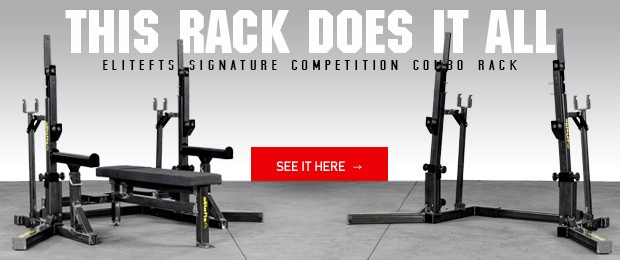
I finally finished reading Malcolm Gladwell’s “Blink.” This book has been sitting in my Amazon shopping cart for several months. It was a classic book that required space on my bookshelf, so I decided to read it over the weekend at Barnes and Noble. Time well spent.
“Blink” discusses the subconscious as a separate entity that can be molded and conditioned to produce abrupt, yet cogent, decisions. Imagine being able to decipher certain qualities in someone's persona that accurately associate with their character. It would prevent future headaches or perhaps even break-ups.
Do you remember meeting someone for the first time? As you shake their hand, you innately begin to create an image from their non-verbal communication, body language, and/or demeanor. Our energy is filled with bliss or skepticism.
We all do this. We all judge, whether you are aware of it or not. When doing this act, we tend to follow our gut feeling and whim. But should we? Have we gathered enough valuable information to make our final choice of action?
You begin to practice this exercise periodically with your friends at work. You become quicker at solving each engagement. The process of catching each cue or nuance within each dialogue has made you realize the compatibility and similarity most of your friends have. Months pass by and you become a maven at deciphering certain physical qualities in their initial approach that accurately associate with their character. This is rapid cognition at its finest peak.
elitefts Customer Product Reviews — The Seated Calf/Tibia Raise Machine with TJ Slomka
In the blink of an eye you would be able to distinguish a liability versus an asset, or maybe a foe from a friend.
Would you like that?
Malcolm Gladwell discusses this theory called "thin slicing," where we are able to make sense of the experience from the thinnest (smallest) slice of information. Thin slicing doesn’t involve over-analyzing. It’s using a limited amount of information/data to make swift decisions. It is quick and reliable. It works!
As a coach, I find myself constantly learning new methods of programming training and nutrition. I make sure to apply what I have learned in practice and theoretical methods that have been successful in literature. I begin to dive in deeper and deeper. This happens more than it should.
I begin to lose focus of my initial goal of seeking more and more solutions or alternatives to my pre-existing formula. I feel comfortable (for the time being) knowing I have researched every loophole or potential risk factor. There may be some moment where I begin to delve into every facet of the literature that it introduces analysis paralysis.
Simple things become complicated things.
In the book, Gladwell begins with the Getty Kouros, a statue brought to the J. Paul Getty Museum in California. Many experts within the field of anthropology were well assured of its validity. They believed the statue was legitimate and was aesthetic, based on its composition. However, when other outside experts laid their eyes on the sculpture, they were certain the statue had never been submerged in the ground.
Why did some experts seem to have different beliefs on the Kouros? They were all experts, yet some solely took a glance to make their judgment, while others required a couple of months.
Ultimately, the statue was purchased by the Paul Getty Museum. Soon after, they discovered forgery documents associated with the Getty. Experts referenced postal codes and bank accounts that did not exist until after the letters were supposedly written. To this day, the anomalies and skepticism from the Getty Kouros are still pervasive. The end result is that the statute remains on display, but its placard reads, “About 350 BC, or modern forgery.”
So what does all this jargon mean? What practical steps can I start applying?
Let us say that thin slicing is bulletproof. Does this mean you should sweep through everyone’s bedroom and lunchbox to validate your allegations? No.
Well, maybe it does. Thin slicing is effective solely by having invested deliberate practice, competency, and experience in that specific craft. Those who have the prerequisites for thin slicing focus on the critical components of the issue. It’s similar to when practitioners have to make abrupt decisions on a patient’s condition. Elite physicians don’t scrutinize every potential risk factor and possibility. They don’t have time! They quickly make their decisions and have a bright turnout most of the time.
Here is the utility you can absorb from thin slicing.
As we transition to shifting macronutrients and increasing volume in our training, it is easy to fall into the trap of analysis paralysis. We feel overwhelmed by the waves of information pushing and pulling us. We try to juggle each change with an optimistic outlook
More information is not always better.
Flow chart via www.seilevel.com
Physicians from Cook County hospital (where I was born) made this paradigm shift in the emergency room. A physician by the name of Reilly noticed the alarmingly high cost of redundant procedures and lack of hospital beds. Excessive testing and false positives continued to create a financial crisis. Reilly began creating a visual aid, which quickly evaluated the critical components of a potential heart attack. He created the heart attack diagnosis decision tree. The visual aid made other physicians nervous and skeptical. They feared numerous patients would fall through the cracks of limited scrutiny.
They began limiting the amount of information for those experiencing chest pain. Several other health parameters were neglected, such as weight, age, and past history. What do you think happened?
Cook County Hospital reduced its inflation on its excessive testing procedures, and health outcomes were consistent with the previous level of care. Cook County is now of the most prestigious locations to treat chest pain.
Why complicate things?
Should I reduce carbs on days I don’t train? Should I train first then do cardio? Should I skip breakfast to increase fat burning?
The list of questions you could come up with is endless. But there really is a cap on a number of changes we can endure during our goal to get lean and strong.
My definition of thin slicing is this: optimizing your core and individualized acts until efficiency and 80% mastery is evident. Once we are able to be consistent on tracking macronutrients, we can begin to implement other strategies such as intermittent fasting or carb cycling. Once we are able to adhere to successful blocks of training, we can begin to switch to other strategies such as a reverse pyramid or daily undulating periodization.
What is the one thing you can optimize? What is the one thing you can demonstrate 80% mastery in? What is your thin slicing moment?
Ricardo Torres is a recent pre-med graduate and ice cream savant. He enjoys long and lonely moments in coffee houses. Ricardo has excellent manual dexterity and consulting services. He makes people look and feel better about themselves.











